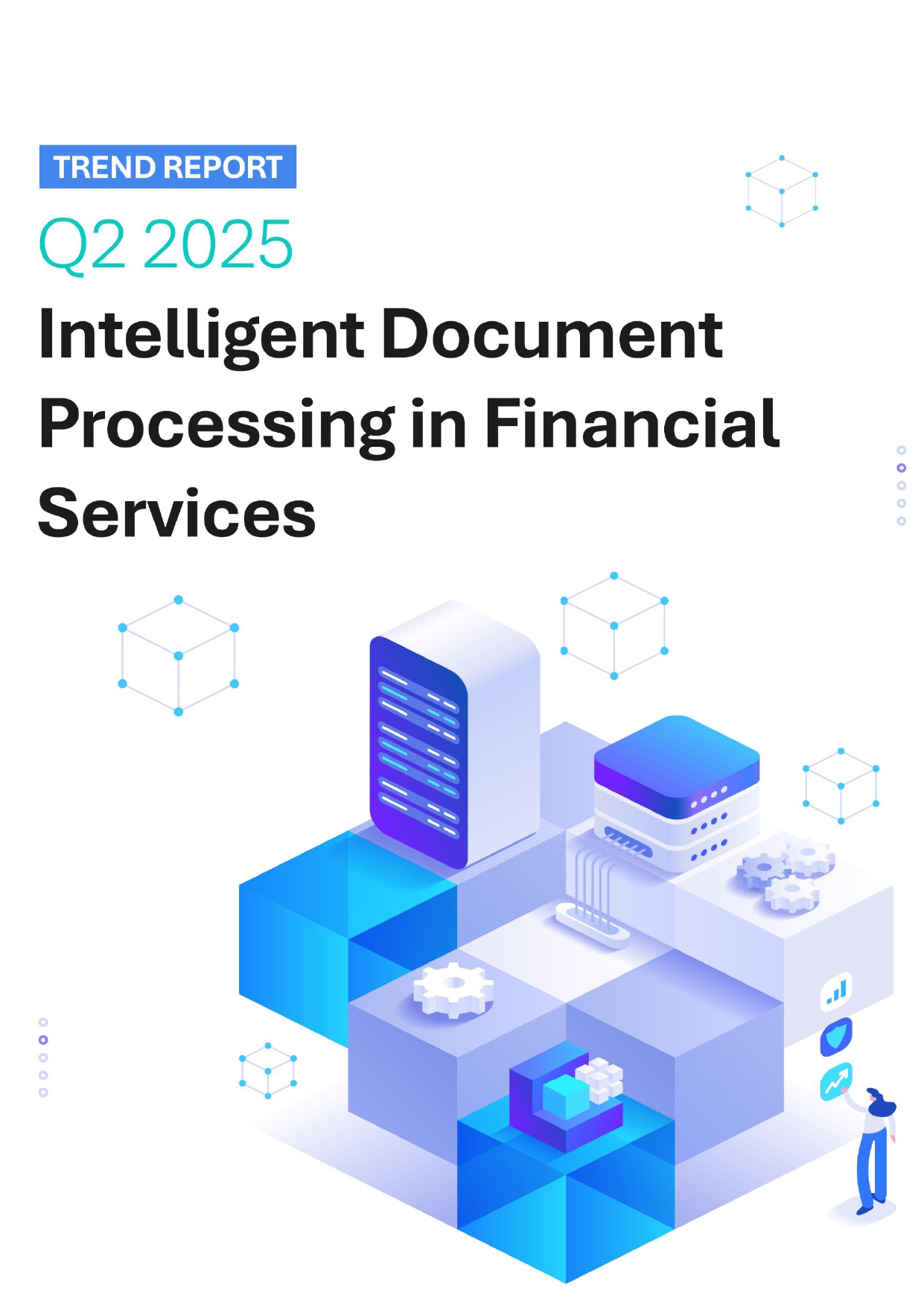 Back
Back
BaaS and embedded finance: a $7 trillion opportunity
BaaS (Banking as a Service), is the enabler of contextual and embedded finance. It presents a huge opportunity – and threat – to all participants in today’s financial services ecosystem. Customers increasingly expect financial products and services to be brought to them, wherever they are. They expect them in the right context. With forecasts showing that the total market opportunity for BaaS will exceed $7 trillion by the end of the decade – the impact of BaaS simply cannot be ignored.
by Eli Rosner, Chief Digital Officer, BaaS and Platform, Finastra
To gain revenues from high growth sectors or geographies banks must adopt new scaling strategies. They must leverage partnerships, to get them to where the customer is and what the customer wants, today and in the future. They must meet the customer where they are in their journey, whether the customer engages directly through established banking channels, or whether the customer consumes the bank’s services contextually, as an integral part of their journey with another brand.
Traditional channels will not deliver the radical value that’s being offered by BaaS and Bank as a Platform models. These models leverage platform ecosystem advantages to create better customer experiences. Unless banks embrace these models, they will face a tougher fight for revenue in ever-decreasing addressable markets.
Outlook for BaaS

BaaS is expected to grow at more than 25% per year for the next 3-5 years. Players across the BaaS value chain are seeking to monetize the opportunity and deciding on the role they want to play.
Recent Finastra research on BaaS has found that some 85% of senior executives in the financial services ecosystem are already implementing BaaS solutions. It also identified that areas such as SME lending, corporate treasury and foreign exchange services are poised to gain the highest traction.
The research goes on to outline the key players, exploring where they are on their journey and what they anticipate in the future:
- First you have the BaaS providers – financial institutions holding a banking license and manufacturing regulated and compliant financial products. Our research shows that some 42% of those surveyed are already in the advanced stages of implementing BaaS. These providers expect the BaaS market to grow by more than 50% per year over the next five years.
- Next you have the BaaS enablers – usually BigTechs and FinTechs that help to embed financial services into third-party platforms and apps. Some 50% are already in the advanced stages of implementing BaaS. Enablers see high growth potential from offering payments and credit cards. In addition, 40% believe checking accounts offer high growth potential.
- Finally, you have the BaaS distributors – consumer brands such as retailers and e-commerce brands that will supply embedded financial products to retail or corporate customers. Some 33% of these organizations in our research are already in the advanced stages of implementing BaaS. Distributors expect BaaS revenues to increase by more than 15% per year over the next five years.
Unlocking success
Monetising BaaS is a lot harder than embedding it. Not all BaaS strategies will succeed – and it’s vital to first understand the ecosystem in depth and to take a structured, programmatic approach to developing a use case in close collaboration with partners.
To succeed, financial services providers need to have an open API platform in place, as well as integrated data and analytics to support specialized digital solutions. They also need to create dynamic and compelling products that stand out against competitors. Winning in BaaS requires a focus on discrete, profitable and differentiating use cases that align to the bank’s overall strategy, and play to key differentiators, alongside a good understanding of where they will be able to exert the greatest influence over positioning and pricing.
Knowing the players and their ambitions is key to unlocking the value of contextual finance beyond just the redistribution of financial products, helping create new retail and wholesale marketplaces.
Some banks are already making significant inroads. UK digital bank Starling, for example, launched its BaaS offering in the UK back in 2018. Today it has 25 payment and banking services customers, including Raisin, CurrencyCloud, Moneybox and Vitesse, and is in the process of expanding into Europe. Starling’s ethos is simple: allowing businesses to build their own financial products on the bank’s platform while it handles the technical and regulatory demands behind the scenes.
Payment processing platform Stripe has also established itself in BaaS. The firm took the decision to work with Shopify as a distribution channel, and to partner with Goldman, Citi, and Barclays to provide Stripe treasury services globally. The Stripe example demonstrates the value to be found in partnerships and leveraging existing distribution channels which can help fuel exponential growth at speed.
Other examples include Uber working with Square, and Goldman Sachs expanding its footprint through digital lender GreenSky. In the corporate banking space, HSBC is working with Oracle NetSuite to embed international payments and expense management services into the SuiteBanking solution so that customers can access these services exactly when they need them.
In essence, the potential to create entirely new retail and wholesale offerings as a service is vast, restricted only by imagination. The most important thing is for financial services providers to start taking action today, exploring BaaS use cases and putting the tech and partnerships in place that they will need to maximise the opportunities ahead.
Hack to the future: supporting innovation in embedded finance
To help drive innovation and explore new ideas in the world of embedded finance, Finastra is inviting participants to sign up to the hackathon which opens on 8 March. This year we’ll be focusing on the three key themes of embedded finance, DeFi and sustainability. The hackathon is open to all, as everyone has a role to play in defining the future of finance.
IBSi News
Get the IBSi FinTech Journal India Edition
- Insightful Financial Technology News Analysis
- Leadership Interviews from the Indian FinTech Ecosystem
- Expert Perspectives from the Executive Team
- Snapshots of Industry Deals, Events & Insights
- An India FinTech Case Study
- Monthly issues of the iconic global IBSi FinTech Journal
- Attend a webinar hosted by the magazine once during your subscription period
₹200 ₹99*/month
* Discounted Offer for a Limited Period on a 12-month Subscription
IBSi FinTech Journal

- Most trusted FinTech journal since 1991
- Digital monthly issue
- 60+ pages of research, analysis, interviews, opinions, and rankings
- Global coverage
Other Related Blogs
September 18, 2024
Digital Resilience is key to retaining customer trust in Financial Services
Read MoreSeptember 12, 2024
Saving reputation with effective sanctions screening & process automation
Read MoreNovember 09, 2021
How software with DNA credentials can facilitate a better close and open finance leader’s eyes
Read MoreRelated Reports

Sales League Table Report 2025
Know More
Global Digital Banking Vendor & Landscape Report Q2 2025
Know More
NextGen WealthTech: The Trends To Shape The Future Q4 2023
Know More
Intelligent Document Processing in Financial Services Q2 2025
Know More

